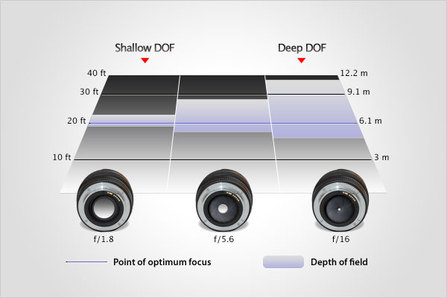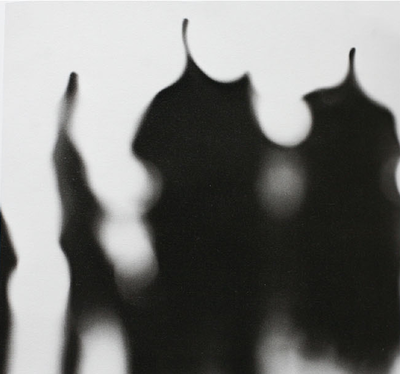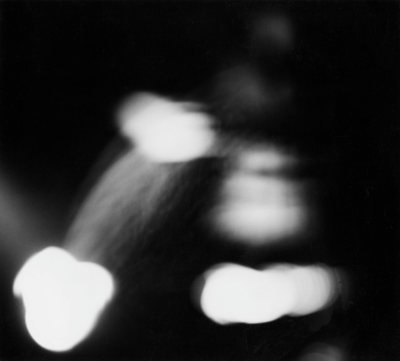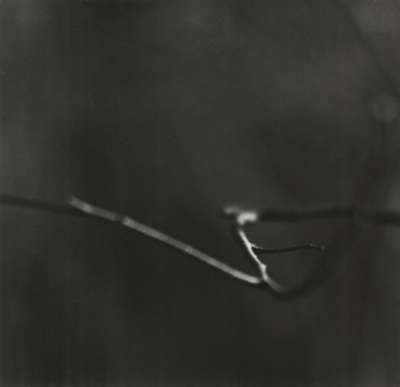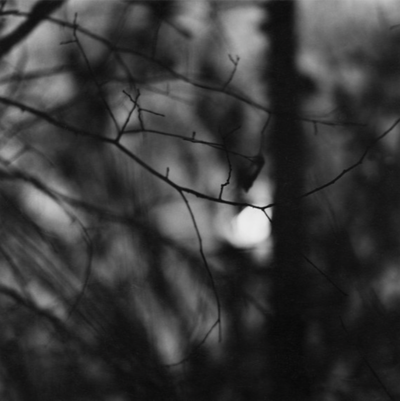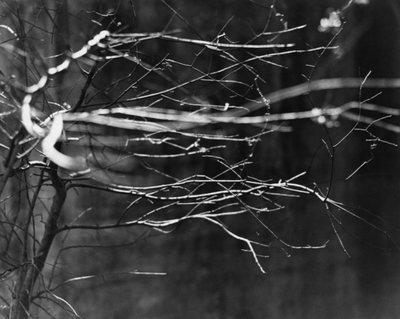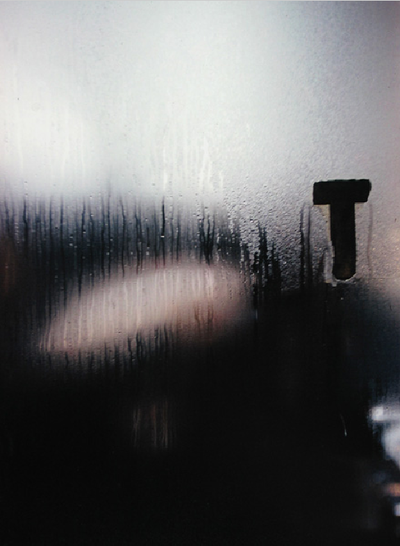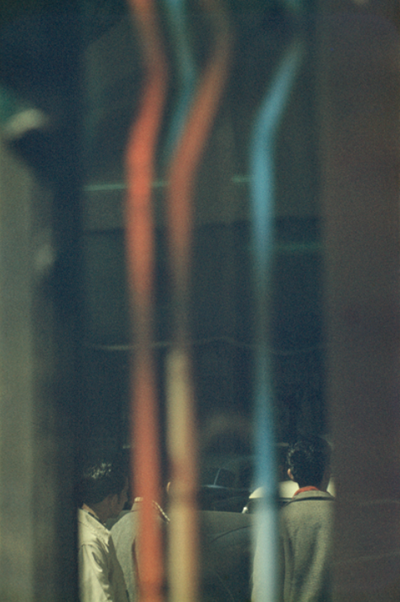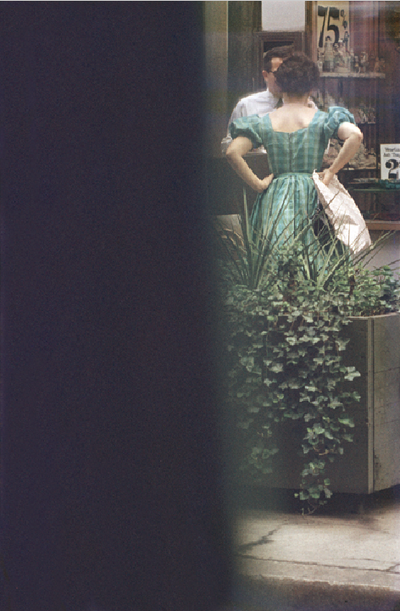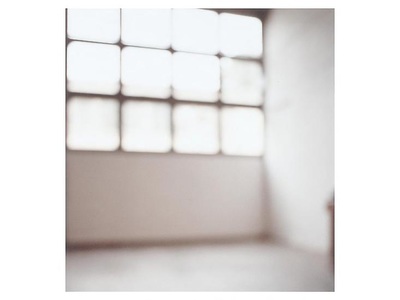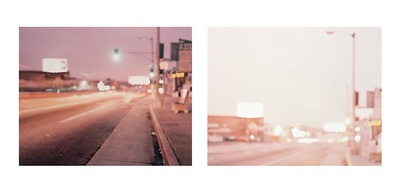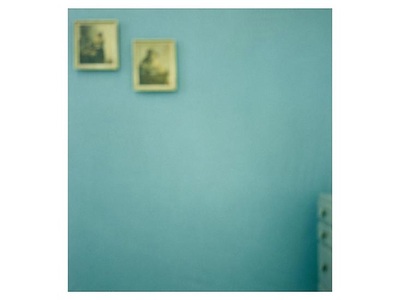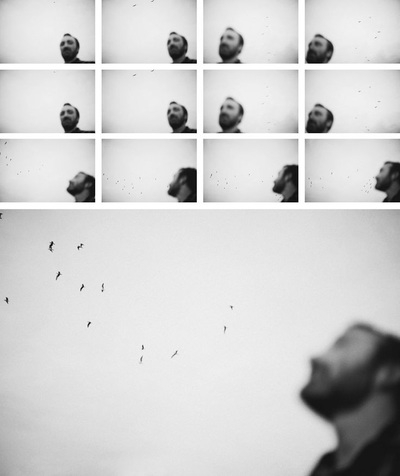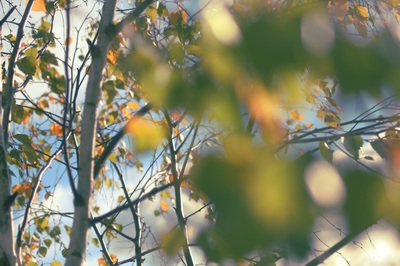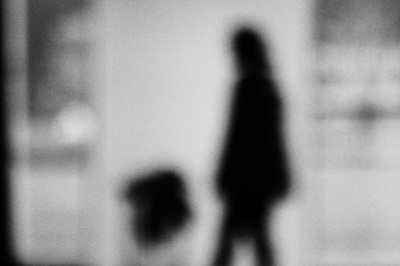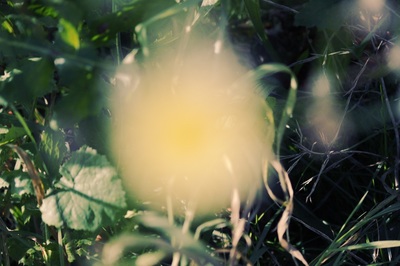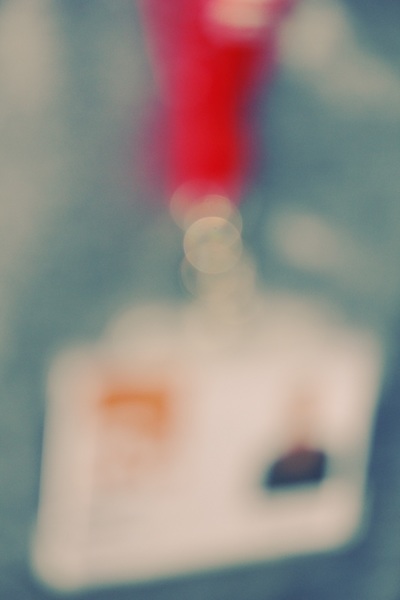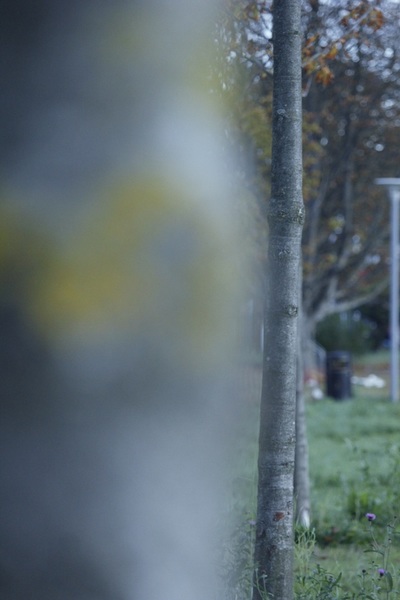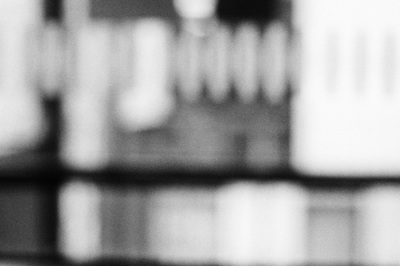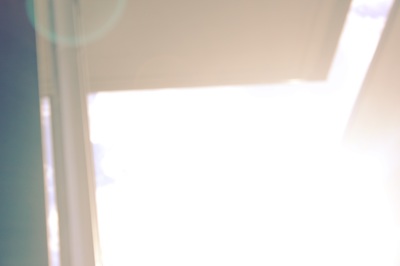Post 16 lesson plan:
Exploring depth of field and focus with Ralph Eugene Meatyard, Saul Leiter and Uta Barth.
|
From Jon Nicholls, Thomas Tallis School
One of the ways that cameras see the world differently to the way we view it with our eyes is that they can selectively focus on the subject. This phenomenon is related to the mechanics and optics of the camera lens. The photographer can change the settings on the camera in order to alter the amount of light entering the lens. This directly affects the depth of field of the subject being viewed.
Some photographers have experimented with a variety of effects that can be achieved by manipulating the camera's ability to bring subjects in and out of focus. |
Ralph Eugene Meatyard:
'No Focus'
Meatyard made his living as an optician. He was a member of the Lexington Camera Club and pursued his passion for photography outside the mainstream. He experimented with various strategies including multiple exposures, motion blur, and other methods of photographic abstraction. Two of his series are particularly concerned with focus and depth of field, both stretching the expressive potential of photography, film and cameras when looking with the ordinary world.
'Zen Twigs'
Saul Leiter
|
Leiter was foremost a painter who discovered the possibilities of colour photography. He created an extraordinary body of work, beginning in the 1940s. His images explore colour harmonies and often exploit unusual framing devices - shop signs, umbrellas, curtains, car doors, windows dripping with condensation - to create abstracted compositions of everyday street life in the city. Leiter was fond of using long lenses, partly so that he could remain unobserved, but also so that he could compress space, juxtaposing objects and people in unusual ways. Many of his images use negative space, with large out of focus areas, drawing our eye to a particular detail or splash of colour.
|
|
When we do not know why the photographer has taken a picture and when we do not know why we are looking at it, all of a sudden we discover something that we start seeing. I like this confusion.
-- Saul Leiter
Uta Barth
Uta Barth describes herself as an artist who works primarily with photographs. She is interested in drawing attention to the viewer's perception and separating the image from the thing depicted. Her images can appear quite abstract, partly through the use of deliberately blurred information. In this film she describes her interest in "light, perception and this visual acuity to the mundane, fleeting, ephemeral, everyday kind of information."
Throughout the past two decades, Uta Barth has made visual perception the subject of her work. Regarded for her “empty” images that border on painterly abstraction, the artist carefully renders blurred backgrounds, cropped frames and the natural qualities of light to capture incidental and fleeting moments, those which exist almost exclusively within our periphery. With a deliberate disregard for both the conventional photographic subject and point-and-shoot role of the camera, Barth’s work delicately deconstructs conventions of visual representation by calling our attention to the limits of the human eye. |
|
You could:
- Research the work of Ralph Eugene Meatyard, Saul Leiter and Uta Barth. How have they experimented with focus and depth of field in their work? Choose specific images to comment on in detail. You could also find other photographers who are interested in experimenting with focus effects.
- Explore the effects of changing the aperture settings on your camera to alter depth of field. You could illustrate this with a series of photos of the same subject shot with different aperture settings.
- Create a series of deliberately out of focus images. Consider the degree of abstraction in the final image. How out of focus are the subjects and are they still recognisable? Experiment with colour and black and white.
- Create a series of images which explore dramatic depth of field (selective focus). Experiment with switching between foreground, middle ground and background focus. Remember, you will need to use a wide aperture (small number e.g. f2.8) and/or a longer lens for this. Remember to share all of the images you make (including those that you deem failures) in a gallery/contact sheet.
- Curate your images into different groupings (see below). Experiment with editing the images in each set differently. Give each set a title and write a short evaluation explaining your editorial decisions.

